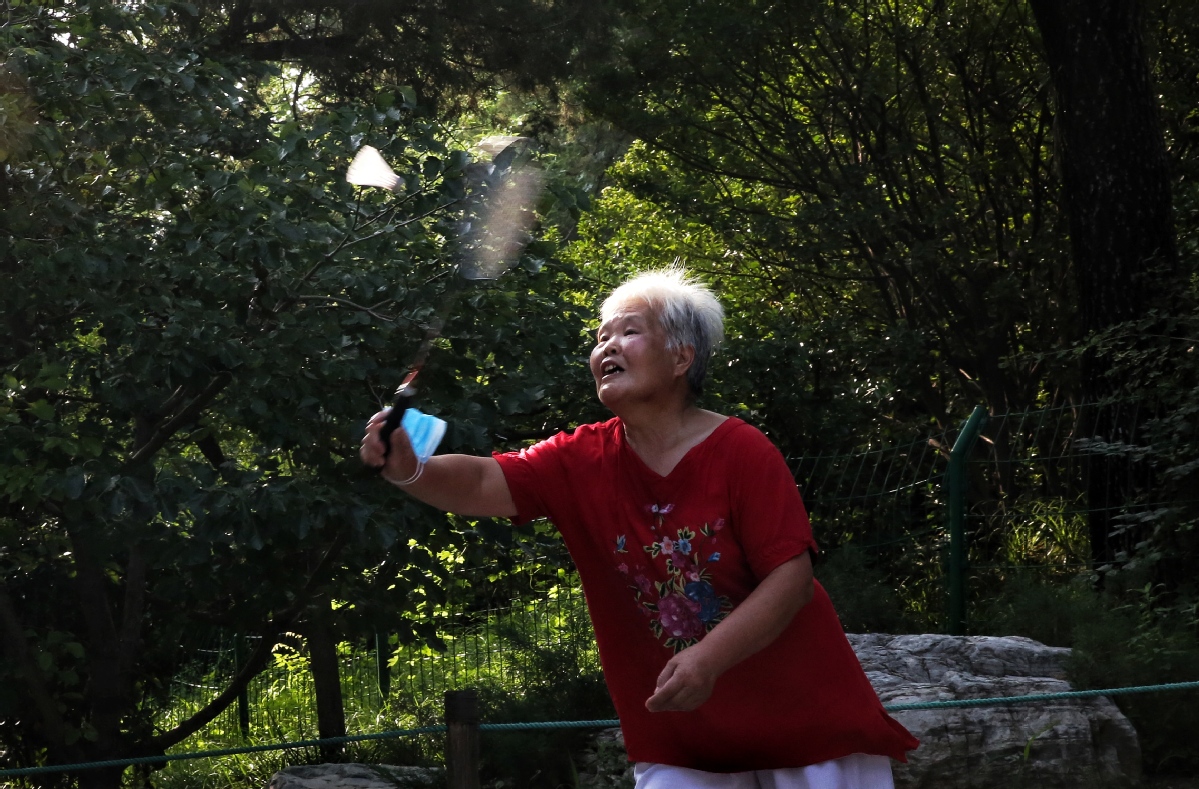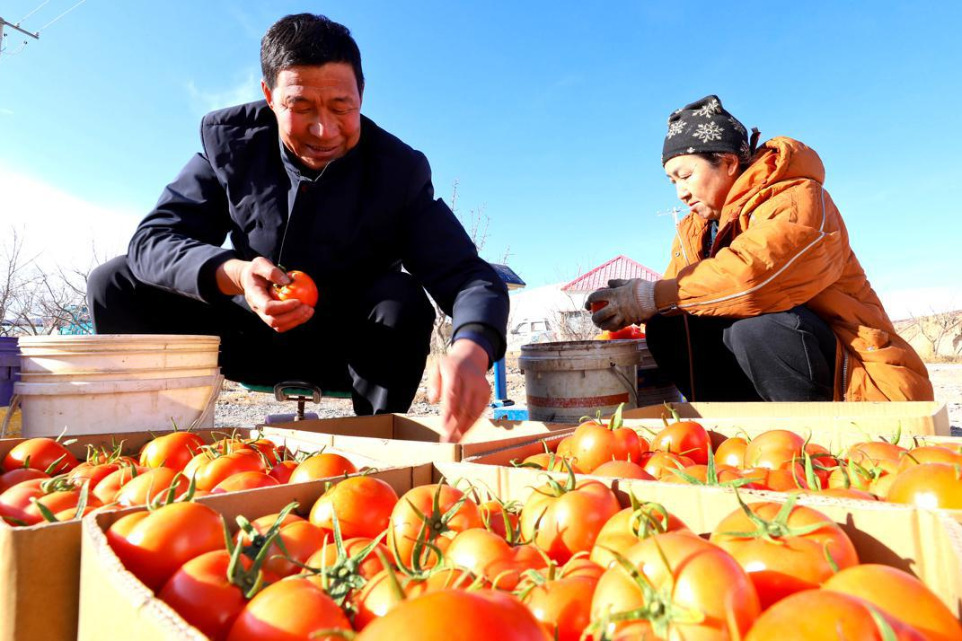Elder care system faces tests as aging population grows


The availability of elder care services will be under greater pressure as the number of citizens age 60 and above is projected to surpass 300 million at some point in the next five years, according to an official with the Ministry of Civil Affairs.
Complicating the situation is the fact that couples who had only one child after China adopted its family planning policy in 1980 will begin entering their 60s in large numbers in the coming decade, said Li Banghua, deputy head of the ministry's elder care services department, on Friday.
"We are expecting to see greater demand for elder care services, and the supply side will see greater challenges and tests," he said.
However, Li said that there is a silver lining. The aging curve will flatten a bit, which, coupled with continuous socioeconomic progress, will create a "window" for policymakers.
He was speaking at a quarterly news conference held by the ministry in Beijing ahead of the traditional Chongyang Festival, which is on Sunday this year. The festival, celebrated on the ninth day of the ninth lunar month, celebrates the elderly and offers an opportunity to show respect for their contributions.
The ministry said the number of retirement homes and other assisted-living facilities has reached 220,000, with 7.9 million beds as of June. The percentage of privately owned facilities reached more than 50 percent as part of a central government push to boost supply by tapping private capital.
China had fewer than 40,000 such facilities and 2.4 million beds by the end of 2010, the ministry said.
However, the rapid rise in older demographics and the one-child-two-parent family pattern-formed under the decades-long one-child rule that restricted most urban couples to just one offspring-have dwarfed the progress.
China became an aged society in 1999 when people age 60 and older crossed the international threshold of 10 percent of its population. The population that falls in the age group has ballooned over the decades that followed, reaching 253 million by end of 2019, or 18.1 percent of the total population, according to the National Bureau of Statistics.
As parents age, most children have no siblings to share the burden of helping to care for them. Wang Guangzhou, a demographic researcher with the Chinese Academy of Social Sciences, has estimated that China had about 145 million children without siblings in 2010. A report by the Office of the National Commission on Aging showed more than 1 million families had lost their only child as of 2012, and the number is projected to increase by 76,000 annually.
The intensifying pressure was highlighted as the nation is drafting its 14th Five-Year Plan (2021-25), a blueprint for policy priorities in areas ranging from national defense to pollution control to pension funds. The Ministry of Civil Affairs is responsible for the sub-plan in the elder care sector.
Li said the ministry is halfway through the drafting process, adding they will stick to the central authority's directives in the sector so that the coming five-year period will lay a solid foundation for achieving universal coverage in basic elder care by 2035.
- Winter harvest keeps markets supplied in Linze, Gansu
- Wanfenglin's karst peaks wear ethereal winter veil in Guizhou
- Spokesperson reiterates resolute opposition to foreign interference in Taiwan question
- Innovation sustains Beijing's winter crayfish palate
- Chinese research named among Physics World's top 10 breakthroughs of 2025
- Taiwan's ban of mainland social media app a case of political manipulation: spokesperson





































